Breaking the Cycle of Child Abandonment at India’s Railway Stations: Inside the Work of Railway Children India
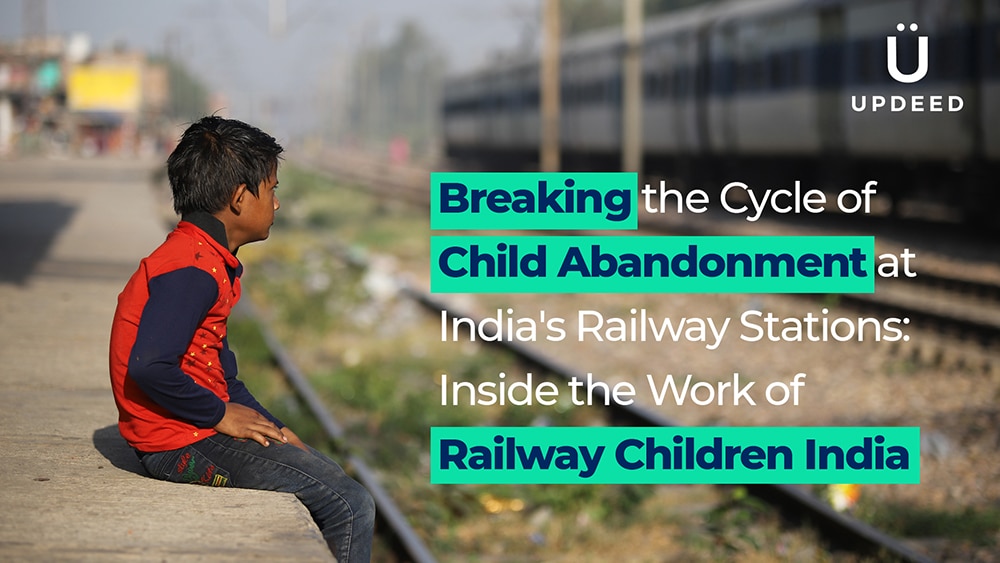
It was chilly winter in Delhi, and children aged five to eight were sleeping around a railway station without food in an unhygienic environment. Children had many skin problems, respiratory issues, addiction to sniffing solutions, and whatnot.
Navin Sellaraju Sukumar observed all these while working under the capacity of a consultant for a need assessment study at the New Delhi railway station to help Railway Children.
“This particular need assessment study exposed me to the world of children living around the stations. I understood how children live around the station and what happens to them,” said Sukumar.
And he joined Railway Children, founded by David Maidment in 2006.
Railway Children has been working in India since 1996. The organisation has its Indian team – Railway Children India (RCI). Founded in 2013, RCI is a non-profit organisation with a vision to ‘create a world where no child ever has to live on the streets.’ However, it requires the elimination of certain problems.
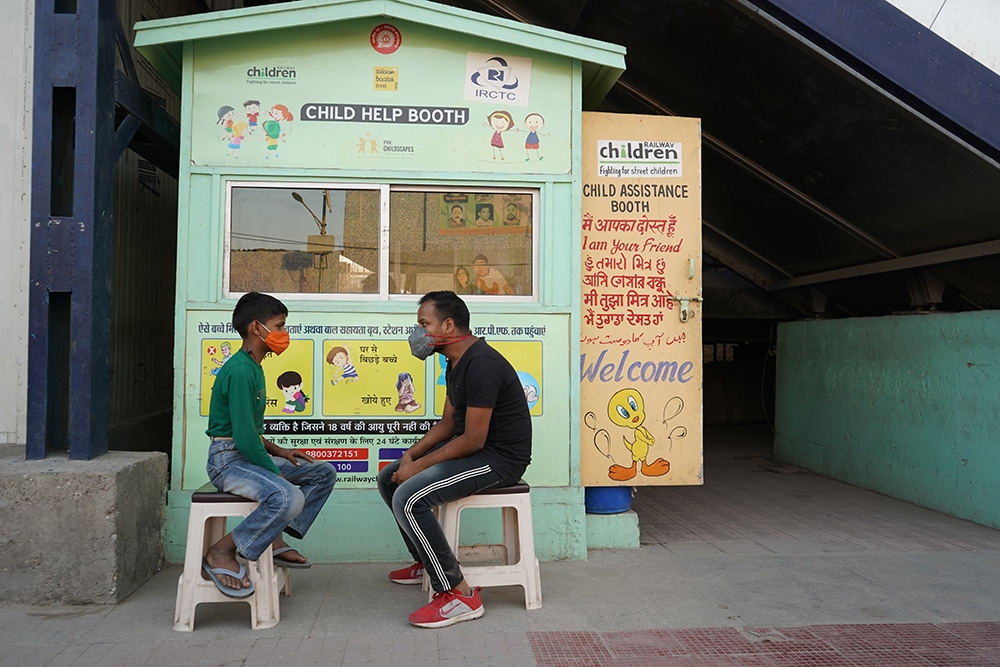
Challenges at hand
Currently, Navin is the Chief Executive Officer of this nonprofit organisation founded in 2013.
“When I joined railway children in 2006, at that point in time, Railway Children was primarily raising funds and supporting local NGOs to work at railway stations,” said Sukumar.
From 1996 to 2006, in these ten years, we realised the problem was big, he added.
As per RCI’s estimate, every 5 minutes, a child arrives at a major railway station. India has more than 7000 railway stations; out of these, at least 2000 railway stations have a high number of passenger trains arriving, which portrays the size of the footfall. Hence, the challenge is huge and needs to be addressed systematically. The entire railway system has to respond.
Moreover, it requires a standardised program to work with these children on the ground. A well-defined program model of high quality is the need of the hour. Additionally, a single NGO cannot protect children at railway stations across India. The railway official, vendors, porters, and passengers must come together to protect children, which was a challenge, said Sukumar.
Yet another challenge is ensuring that children stay with their families after reuniting.
“We have to look at several factors, including the deplorable conditions of the families, and how we will address that; what kind of model we have to develop is a constant process that we look for,” Sukumar added.
Lastly, there is a need to bridge gender parity in rescuing and rehabilitation, as the number of girl children rescued is far less than males.
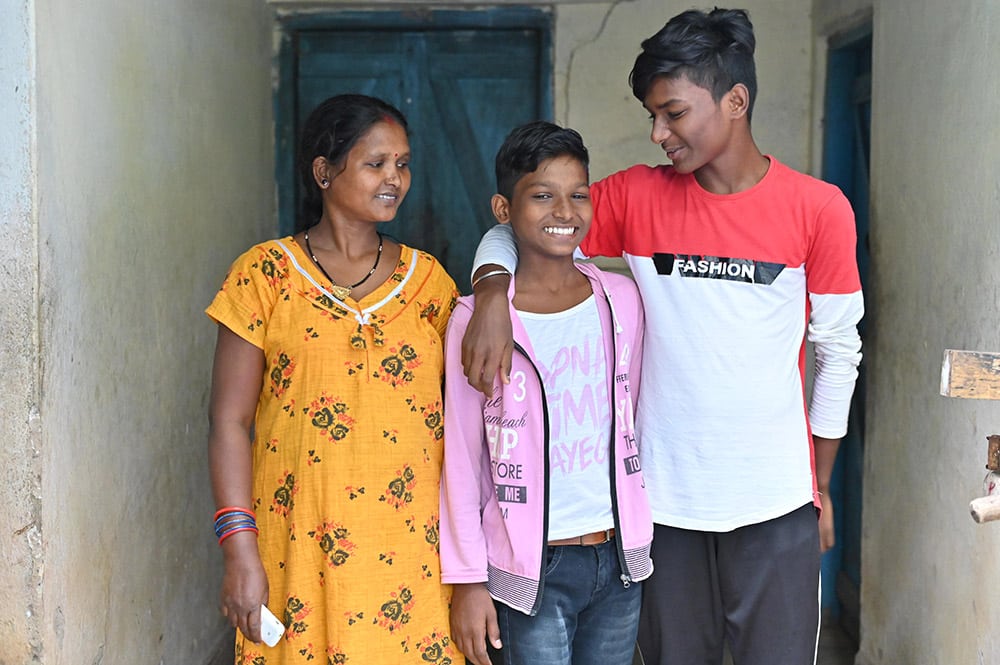
The impact
Since 1996, RCI has worked at more than 35 railway stations, rescuing over one lakh children. Moreover, the organisation has contributed to developing the first guidelines on child protection for Indian railways.
As per Sukumar, RCI played a vital role in developing these guidelines by the national commission to protect child rights. Similar is the case with a Standard Operating Procedure (SOP) for the railways to ensure care and protection for the children.
“If railways need to respond, they need to have a framework. This SOP has given that framework to railways to respond to the issues of children’s protection systematically,” Sukumar added.
Further, the organisation has trained over 35,000 railway personnel across India, and every year, the team trains 5000 personnel.
While doing all these, the team has to face a certain level of confrontation from child traffickers. However, continuous support from the Railway Protection Force and the government railway police mitigates the risk at the railway stations, Sukumar said.
This makes a big difference, but dealing with such miscreants is always a risk.
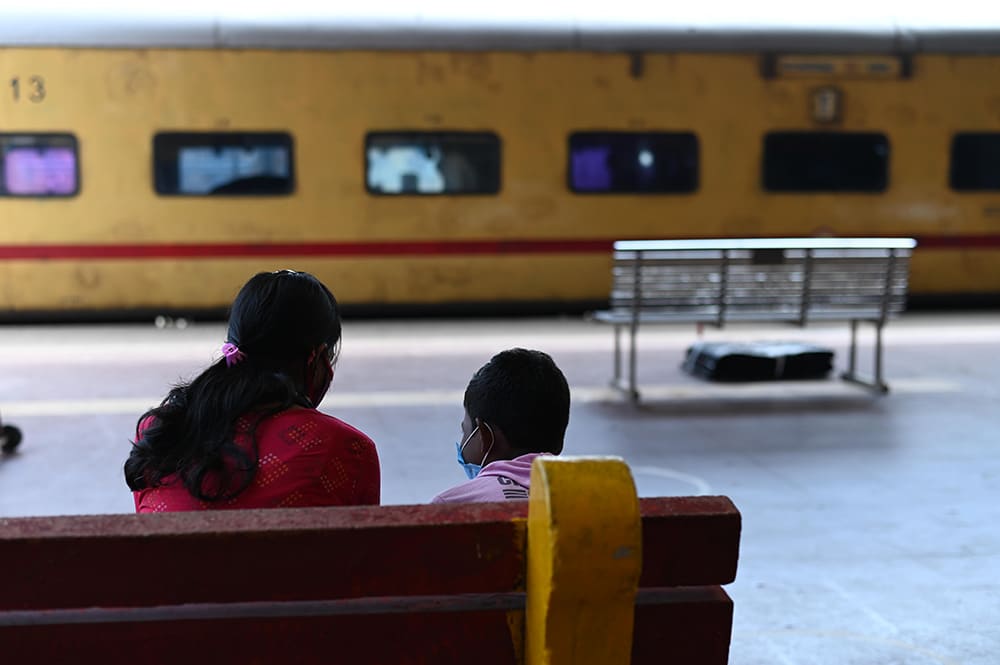
How RCI works
From identifying a stranded child to reunification with their parents, a lot of time and effort goes in. At railway stations, RCI’s outreach workers work in three shifts; therefore, they are present 24 by 7. They are always alert and looking out for children within the premise, on the platform, or inside trains.
These outreach workers not only have the training but possess the experience in identifying children at risk. The moment they identify, they rescue the child in a very friendly way with assurance.
The child is then taken to the Child Help Desk – a small kiosk in the railway station, allowing the child to relax in a private space. Sukumar said the child relaxes and feels a bit comfortable and safe there.
Then the social workers or the volunteers try to understand and have a conversation to know where the child has come from. The child is then produced before the Child welfare committee, a quasi-judicial body in all the districts, empowered to take decisions in the child’s best interest.
“Almost 90% of the children return to their families. However, based on the child’s vulnerability during reunification, we follow up with the child for a maximum of 18 months. Some children may not require follow-ups,” said Sukumar.
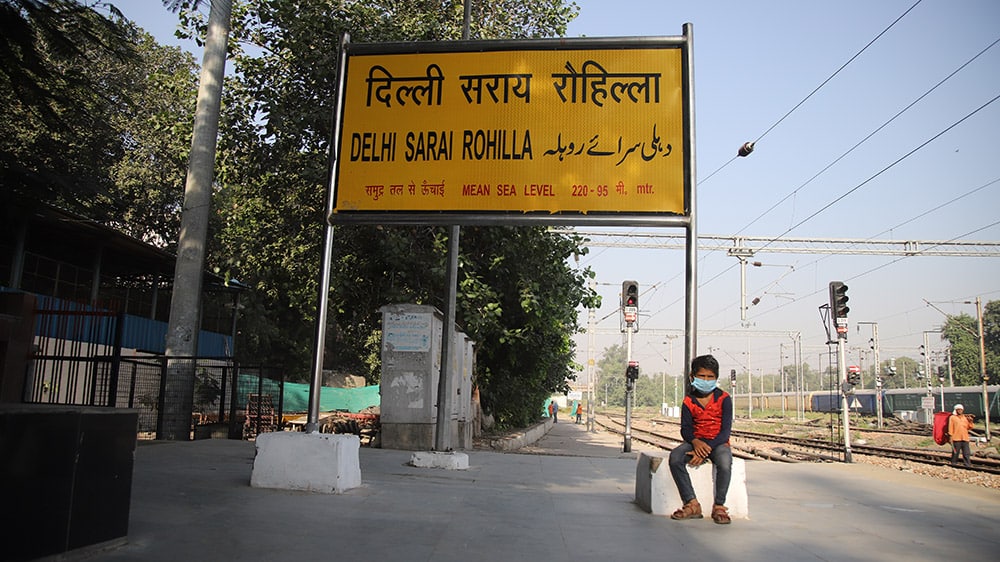
Future Plans
The team has no plans to settle and has finalised its five-year plan from 2022 to 2027, with two major impact areas.
Firstly, the team is working with seven transport terminals. The plan is to work with at least 15 or more transport terminals in the next five years.
So we want to scale our program on the ground. We’ll be able to protect at least 35000 children in the next five years, said Sukumar.
Secondly, the team will sensitise railways and district-level child protection stakeholders across the Indian railway network from Howrah to Delhi. This would create a model of convergence of the Indian railways’ system and district child protection mechanism so that they both can come together.
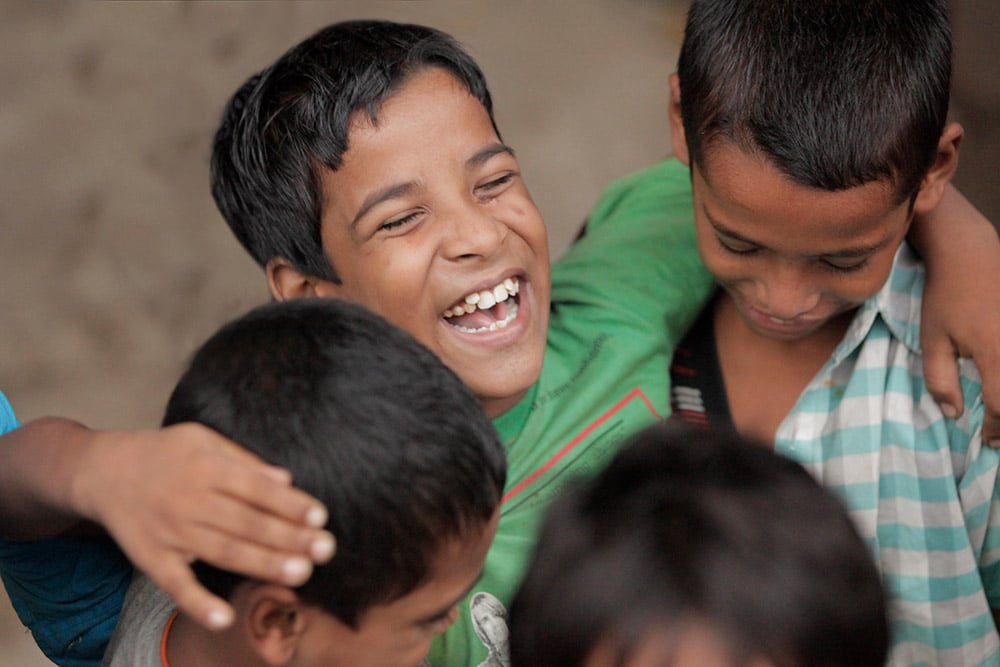
At least by 2030, this whole Indian railway network can become a protective net for children, Sukumar concluded.
Ready to make a positive impact in the world?
UPDEED is the place for you. Our free and open platform is filled with inspiring stories from individuals and organizations who are making a difference in their communities and beyond. Connect and collaborate with like-minded individuals from around the globe on UPDEED, and discover your own potential to create meaningful change. Join our community and make a difference.





